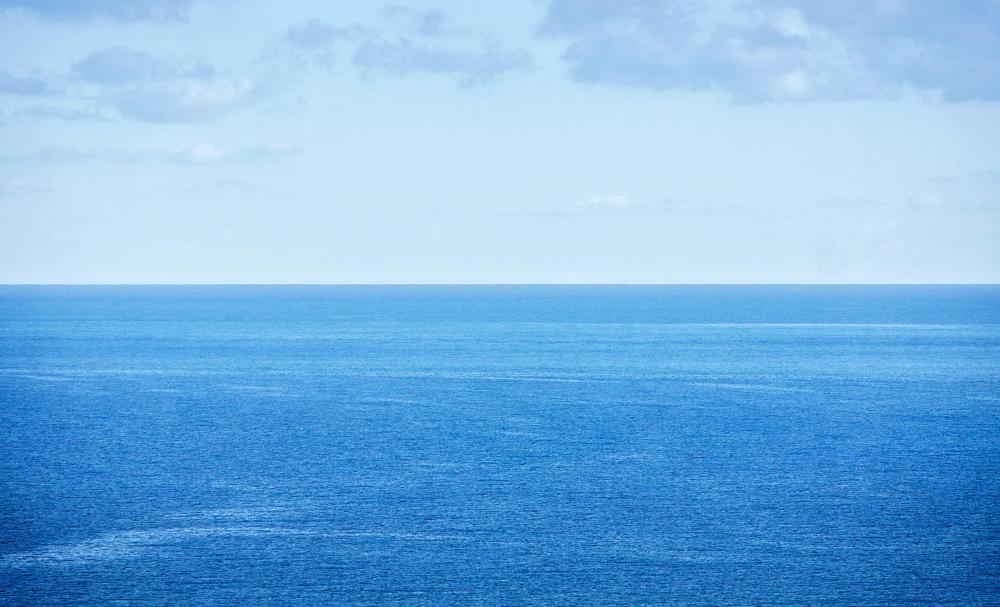What is a Garden Eel?
A garden eel is a type of eel which lives at the bottom of the ocean floor, usually near coral reefs. These eels burrow into the ground, tail first, and rarely leave their burrows completely. There are two species of garden eel, Heteroconger cobra, found most often around the Galapagos Islands, and the more common spotted garden eel, Heteroconger hassi.
On the sandy sea floor in tropical waters around Asia, Africa, and Australia, colonies of garden eels appear to be sea grass waving softly in the gentle current. Thin, tube-like fish, garden eels use their hard-tipped tails to bore into the ground, creating a burrow. Slime from their skin glues the sand in the hole in place. Once the burrow is made, the eel rarely leaves it completely, emerging half or two-thirds of the way out of the hole to feed and to mate.

Yellow-eyed, these eels can be up to 23.6–27.5 inches (60–70 cm) long. The hassi species is covered in small black spots as well as three larger spots, one each on the upper, middle, and lower parts of its body. Males are larger than females and have a more protruding jaw.
Feeding on zooplankton, garden eels will catch their food as it drifts by in the ocean current. In one meal, an eel may eat up to 600 zooplankton. The largest males in the colony will have their burrows where the current is strongest to be in the best position to feed.
A garden eel may leave its burrow during spawning season, but only to burrow closer to its chosen mate. Once moved, the male will defend the female from other potential suitors. When mating, the two eels entwine their upper bodies together, while their lower bodies remain in their individual burrows.
Once fertilized, the eggs are released into the current. Eggs and larvae float in the current near the surface of the open ocean until the young eels grow large enough to swim down to the sandy floor and make burrows of their own. Immature eels are completely black.
Garden eels are of no threat to humans, and are in fact, kept as pets in salt water aquariums. Care for these animals is difficult, however, because the eels need not only a current inside the tank to move their food, but also sand at least 6 inches (15.24 cm) deep. A large enough space to allow the males to be separated is also required since males forced to live too closely together will fight.
AS FEATURED ON:
AS FEATURED ON:











Discussion Comments
They are actually quite striking. I saw some of these while I was snorkeling in Australia, but it took me a while to figure out what they were. They really do just look like seaweed poking out of the sand before you get close and they tend to retreat into their burrows if you aren't careful.
Definitely worth seeing up close though, if you can manage it. They have a beautiful mottled skin and yellow eyes that look very striking.
@pleonasm - I don't know if the standard reef tank is going to have six inches of sand. I think most of the time they focus on either live rock (rock that comes from the ocean and has been "cured" for a tank) or live sand, not both unless the tank is particularly large.
You might often see garden eels for sale in aquarium stores, but often they die after they get taken home, because their care is quite specific and they need a huge amount of space. You can't just keep one or two, you need to have at least three or more since they are colony animals. And they need a lot of sand and open, sandy space, which means you can't keep as many other creatures in the same tank. So, basically they are more expensive to keep just because of that.
On the plus side, you're right in that they are a good creature to keep alongside a reef, since they won't eat any of your expensive fish. On the other hand, they might be eaten themselves.
At any rate, it's a good idea to look up all the garden eel facts you can find before trying to keep them.
I think if you've got a standard coral reef set up, with live sand, you should be able to keep garden eels without too much extra difficulty. It sounds like they would actually work in your favor, since they would be filtering out the algae and other microorganisms that can plague a reef tank.
You'd have to have a current running through the tank anyway, for the corals so it wouldn't take much to set it up to allow you to have these fish as well.
Post your comments